There is a common misconception about whole grain foods and the benefits of eating more whole grains. In Australia, we tend to associate grains as being sourced from wheat. But like fruit and veggies, grains have a mind boggling array of varieties and sources, each with its own unique taste and nutrient profile. So what are whole grains and how can you add them to your diet?
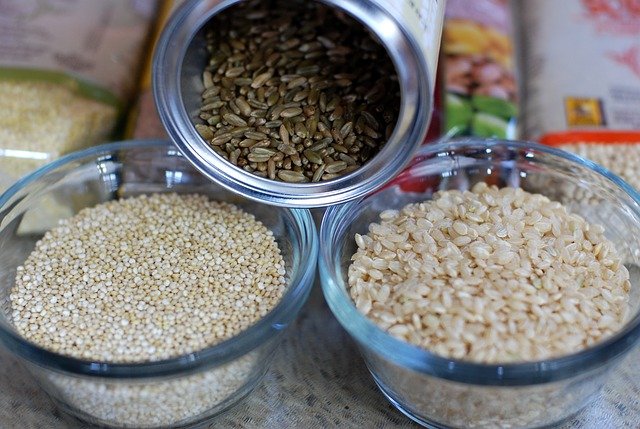
What are whole grains?
Instead of attempting to answer “What are whole grains?” all by ourselves, we’ll let the Australia New Zealand Food Standards Code do the talking. Here’s what the definition is:
“The intact grain or the de-hulled, ground, milled, cracked or flaked grain where the constituents – endosperm, germ and bran – are present in such proportions that represent the typical ratio of those fractions occurring in the whole cereal, and includes wholemeal.”
From this definition of a wholegrain, it is clear that it consists of:
Bran: This is the outer skin of the whole grain consisting of multiple layers which are abundant in phytonutrients, vitamins, omega-3 fatty acids, fiber and minerals.
Endosperm: This is the primary part of the grain, the source of food for the germ and is densely packed with starchy carbohydrates and some protein.
Germ: This is the smallest part of the grain, the embryo that contains the genetic code for growth of a new plant. It is brimming with vitamin E, minerals, fatty acids, minerals, B-group vitamins and phytonutrients.
What differentiates whole grains from processed grains is that the whole grain is intact. It can be in the form of grain, food or flour but must contain all three parts. A refined grain on the other hand, has one or more parts removed during processing which strips it of various essential nutrients.
A whole grain delivers over 26 vital nutrients as well as a plethora of naturally active substances which benefit the body and help reduce the incidence of disease.
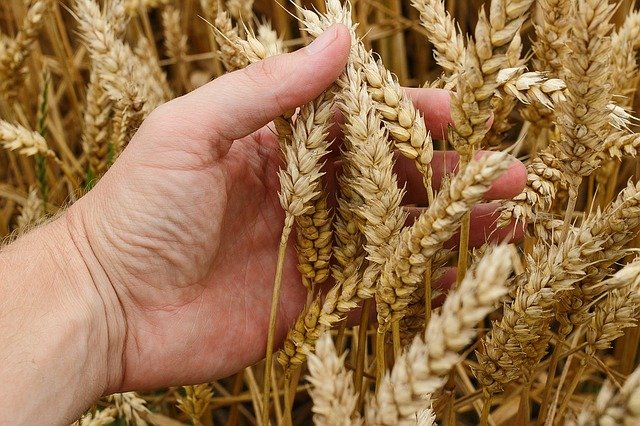
So now that you know what are whole grains, let’s move on to see how this applies to you.
The health benefits of eating whole grain
Another common misconception about the whole grain diet is that grains lead to weight gain. According to the Grains for Health report, not only is Australia’s daily consumption of whole grain far below recommended levels but it continues to fall. This is quite worrying given that low intake of whole grains is believed to the second biggest dietary factor for mortality on a global scale.
The health benefits of a whole grain diet are:
- Weight management
- Lowered risk of heart disease
- Mitigating risk of Type 2 diabetes
- Lowering risk of several types of cancer, particularly cancer of the bowel
- General improvement of bowel health
- Lower levels of cholesterol
- Controlled blood pressure
- Reduction in development of chronic disease by well over 20%
- Managing blood sugar by increasing feelings of satiety thereby cutting down on overeating
- Improved emotional health
- Higher sustained energy levels and lower fatigue
- Boosting focus and concentration
What are whole grain foods capable of doing? When eaten in sufficient quantities, you gain the immense benefits of vital nutrients, minerals and dietary fibre. If your grain consumption is limited to pizzas, pasta and other packaged foods, it’s time for a change. Find out how to move towards a healthier diet.
Types of grain foods
There are two ways in which whole grains are available:
Whole grains: This form of grain is as whole as possible. That means you’re getting more nutrients from the different parts of the grain. Whole grain can be present in the whole form or may be ground into whole grain flour. This is made by processing the bran, germ and endosperm so you will still be getting the most nutrients.
Refined grain: This form of grain is processed to have the outer parts (the brand and the germ) removed. While this process retains the most nutrient-dense part of the grain and creates a better texture, you are also getting less nutrients. This works well for many of us who are not accustomed to the rougher textures. The longer shelf life of refined grains makes it convenient to store and use.
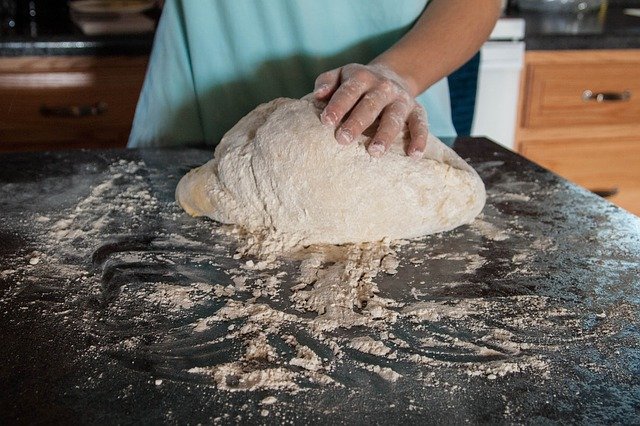
You are also likely to find a version that is refined but has been enriched. What are whole grain foods that have been enriched? Enriched whole grains have had various nutrients added back artificially into the refined grain. They are usually enriched with vitamin B, folic acid or iron (which are not naturally present in whole grain) so this is a good option if you are deficient in one of these nutrients and are trying to modify your diet to include some of the them.
Here’s where to start
The world of whole grain can be confusing because there are so many options. When you’re in the supermarket, look for the following grains:
- Wheat
- Oats
- Corn
- Barley
- Rye
- Millet
- Brown rice
- Triticale
- Bulgur
- Sorghum
- Buckwheat
- Quinoa
- Semolina
- Polenta
- Couscous
You could start by including the following foods to your diet:
- Whole meal or whole grain breads or crispbreads
- Dark seeded brans
- Whole grain breakfast cereals
- Popcorn
- Puffed whole grains
- Whole grain pasta

If you are still unsure about what to eat, here’s what you should be avoiding in the first place:
- Cake
- White bread
- Muffins
- Packaged desserts
- Sweet and savory biscuits and cookies
- White rice
- Pancakes
- Refined breakfast cereals
- Waffles
- Pizza
How much should I be eating?
Eating unprocessed grain foods are an integral part of any healthy diet. As per the guidelines suggested by The Australian Guide to Healthy Eating, the following are the recommendations for cereal grains, most of which should be dominated by whole grains:
- Adults between 19-50 years of age: Six servings for men and four for women
- Older adults between 51-70 years of age: Five servings for men and four for women
- Senior citizens above 70 years of age: Four and a half servings for men and three servings for women
- Children and adolescents: Servings vary
- depending on age and sex
A single serving is:
- A quarter cup of muesli
- Two wholegrain breakfast cereal biscuits
- One half of a medium grain roll or flat bread
- One half of a cup of cooked brown rice, quinoa, barley, buckwheat or other grains
- Three crackers made of unprocessed grain
- A single slice of wholegrain bread
- One half of a cup of cooked oats
- Two thirds of a cup of cereal flakes
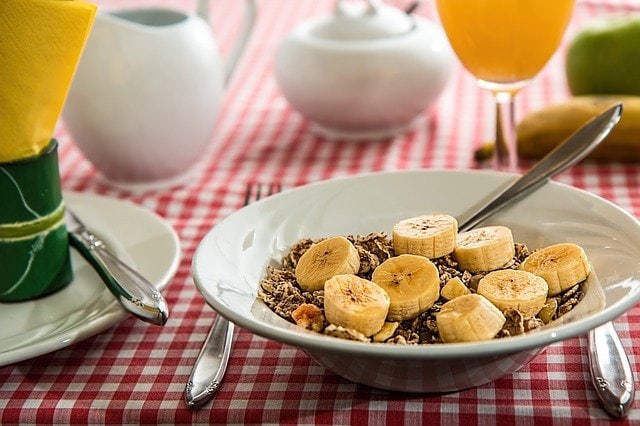
Nutrient benefits of whole grains
What are whole grain foods offering you? Apart from being one of the best forms of high quality carbohydrate foods, they also have many other benefits:
- High in all three forms of dietary fibers (soluble, insoluble and resistant starch) which is important for gut health
- Abundant in protective phytonutrients and phytochemical, both of which are plant food components that are known to have immense benefits
- Packed with trace elements and minerals such as magnesium, iodine, zinc, copper and iron
- Low in salt
- Low in saturated fat while being high in polyunsaturated fats such as omega-3 linoleum acid
- Free of cholesterol
- Rich source of slow-digesting carbohydrates for sustained all day energy
- A good source of high-quality protein
- Powerful source of antioxidants
- Abundant in vitamins such as B-vitamins and vitamin E
How can I add more whole grains to my diet?

If you’ve only recently started looking at whole grains as an option, it might be difficult to come up with meal plans with the right serving sizes. Here are some simple meal ideas to ensure you meet your daily requirement without disappointing those taste buds:
- Pack lunch boxes with whole grain breads and wraps
- When making a stir-fry or curry, choose brown rice over white
- Throw some quinoa or buckwheat into salads for added flavour and texture
- When whipping up pasta, use the whole meal version
- Try rice cakes made from brown rice as a snack
- Liven up your wholegrain crackers with avocado or homemade peanut butter
- Eat wheat or oat flake biscuits as a snack
- Indulge in popcorn flavoured with herbs instead of butter and salt
- Make pizzas or muffins at home with wholemeal flour
- Make delicious filling meals by adding barley or quinoa to soup
- Start the day off right with cereals made from whole grains like sorghum or wheat, porridge made from rolled oats, or a bowl of muesli
The superpowers of whole grain
Any unrefined grain ingredient offers benefits like vitamins, minerals, antioxidants and phytonutrients. But there are some that stand out because of their high nutritional content. Make sure to include the following in your diet:
- Quinoa
- Wholegrain wheat
- Oats
- Barley
- Amaranth
- Buckwheat
- Brown rice
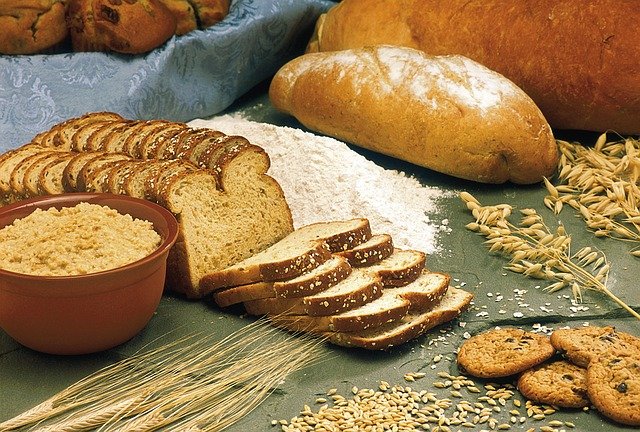
How to choose and buy whole grain foods
It’s tricky to buy unprocessed foods if you don’t know what you’re looking for and very easy to buy packaged foods instead. It’s also difficult to separate the refined grains from whole grains and choose from the many variations.
The best way to choose what are whole grain foods that will work for you is to read the ingredients list for specific words. If these ingredients are listed as the first or second item on the list, it means the product has a high percentage of grain:
- Wholegrain
- Brown rice
- Whole wheat
- Barley
- Whole (any other grain)
- Oats
- Millet
- Rye
- Quinoa
- Triticale
Alternatively you could also check out the packaging of the products for the following words right next to the grain name in the list of ingredients:
- Contains whole grain
- Mixed
- Whole meal
- Cracked
- High in whole grain
- Flaked
- Puffed
- Kibbled
If all else fails, look for these communications on the package:
- Look for the daily target intake statement on the packaging. A higher percentage means that the product contains more whole grain and contributes more towards your recommended daily intake.
- Some products mention the percentages of ingredients on the pack. Pick only those which have at least 51% of any recognizable whole grain.
If you are unsure of your dietary requirements or have conditions that require special meal planning, Avaana can help you find a nutritionist online to gain a better understanding.



